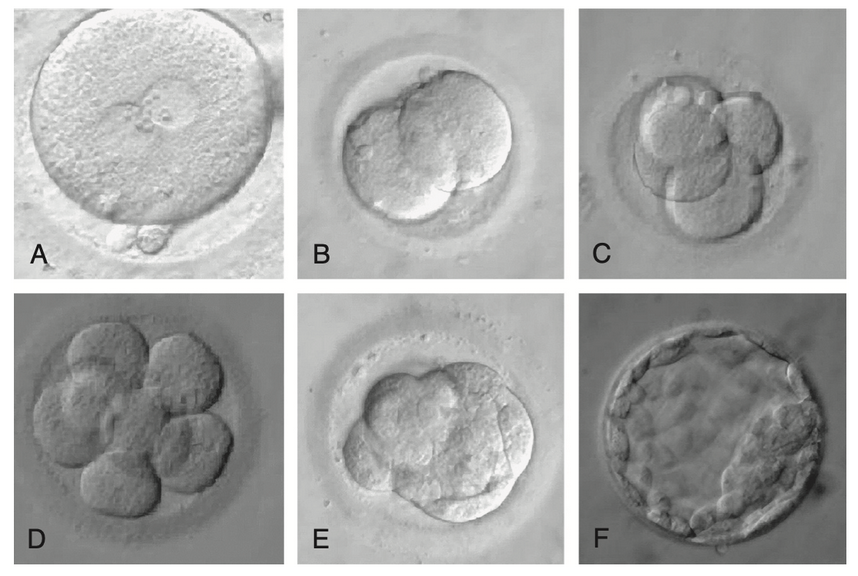Why Is Embryo Genetic Testing(PGT-A) Widely Recommended for IVF in the U.S.?
- legend family
- Jun 17
- 3 min read

The Most Common Misunderstanding Among Older Women
In recent years, more and more families have chosen to undergo IVF treatment in the United States. One procedure that's often discussed is embryo genetic testing, also known as PGT-A (Preimplantation Genetic Testing for Aneuploidy).
However, many older women worry:
“I don’t have many eggs to begin with—what if I go through testing and end up with no embryos left?”
In fact, the widespread recommendation for PGT-A in the U.S. isn’t arbitrary. It’s based on solid medical evidence and practical experience.
So, why do most fertility clinics in the U.S. encourage PGT-A? Especially for women of advanced maternal age—is it a burden, or could it be exactly what gives you a better chance?
Let’s break it down.
1. What Is PGT-A?
PGT-A stands for Preimplantation Genetic Testing for Aneuploidy. It screens embryos for chromosomal abnormalities before implantation.
A normal human embryo should have 46 chromosomes (23 pairs). Any missing or extra chromosomes can lead to:
Failed implantation
Early miscarriage
Birth defects (such as Down syndrome)
PGT-A helps identify embryos with normal chromosomes in advance, improving the chances of success and reducing the number of unnecessary transfers.
2. Why Do U.S. Doctors Strongly Recommend PGT-A?
✅ 1. Increases Success Rates & Lowers Miscarriage Risk
Studies show that women over 35 face significantly higher rates of chromosomal abnormalities in embryos. For women aged 40+, that number can exceed 70%.
Without testing, embryos that look healthy under the microscope may actually be abnormal—leading to failed cycles or early miscarriages.
✔ PGT-A helps ensure that only viable embryos are transferred, increasing the likelihood of a successful pregnancy and live birth.
✅ 2. Saves Time and Money
For international patients traveling to the U.S. for IVF, each visit involves major time, financial, and emotional investment.
PGT-A allows you to focus on the most promising embryos, potentially reducing the number of failed attempts and repeated travel costs.
✅ 3. Enables Safe Single Embryo Transfer (SET)
In the past, patients would often transfer two or even three embryos at once to increase their odds of success—raising the risk of multiple pregnancies and complications.
With PGT-A, doctors can confidently transfer just one high-quality embryo, maintaining high success rates while minimizing health risks for both mother and baby.
✅ 4. Especially Valuable for Older Women or Those With Fewer Eggs
This is one of the most misunderstood concerns:
“I only have a few embryos—what if none pass the screening?”
But here’s the reality:
❗ Among a small number of embryos, often only one or two are chromosomally normal.
❗ Without PGT-A, you might unknowingly transfer abnormal embryos and waste precious opportunities.
Sometimes what seems like “more embryos” is just a false sense of abundance. PGT-A helps you pinpoint “the one that matters”, saving you time, effort, and heartache.
3. Does PGT-A Damage the Embryo? That’s a Myth.
In the U.S., PGT-A is typically performed on Day 5 or 6 embryos (blastocysts). Technicians remove a few cells from the trophectoderm (the part that becomes the placenta), not the inner cell mass that becomes the baby.
With advanced lab technology and experienced embryologists, the procedure is safe and precise.
In top U.S. clinics, the survival and success rates for frozen, tested embryos are nearly identical to those of fresh, untested embryos.




Comments